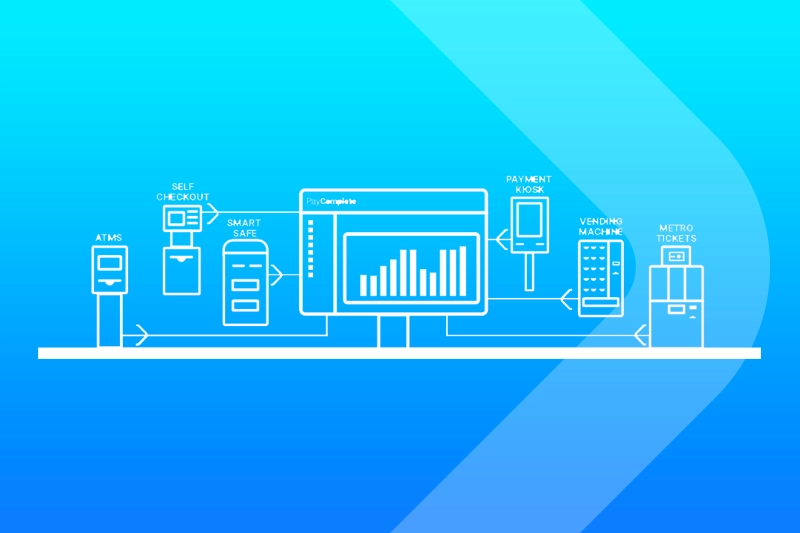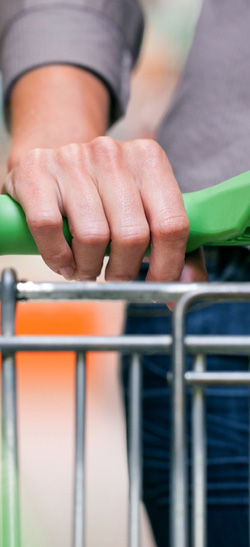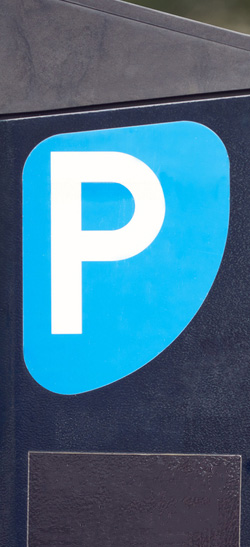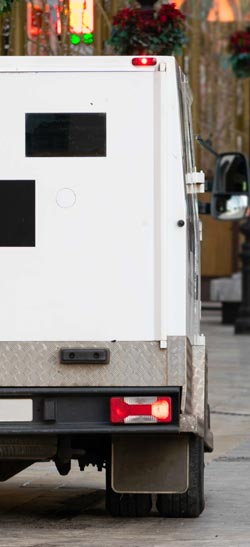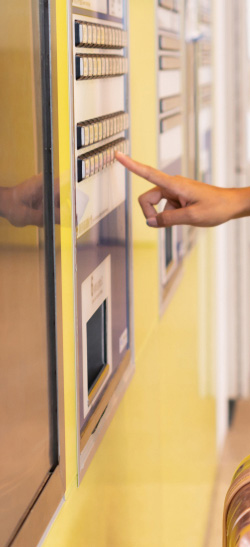Counterfeit bills have long been a problem for businesses, but did you know they’ve even been used as an instrument of war?
During World War II, Operation Bernhard was a secret Nazi plan to flood the British economy with counterfeit Bank of England notes, aiming to destabilise the economy. The counterfeit notes were so meticulously crafted that they were nearly indistinguishable from genuine ones, even by experts of the time.
The good news is that today’s money counting machines can detect counterfeit bills. Let’s take a look at how…
How Do Money Counting Machines Detect Fake Currency?
Money counting machines (also know as currency or money counters themselves) identify fake notes through the latest detection technology which includes the following:
Ultraviolet (UV) Detection
Modern banknotes often include UV-sensitive features that are invisible to the naked eye but can be seen under ultraviolet light.
Money counting machines use ultraviolet light sensors to detect these features in fake bills, as counterfeit notes typically lack these UV light markings or use incorrect ones.
Magnetic Ink Detection
Genuine banknotes often use magnetic inks in their printing. Counting machines are equipped with magnetic sensors to detect the presence and correct placement of this ink.
Counterfeiters often find it difficult to replicate these magnetic properties accurately, making it a reliable technique for the magnetic detection of counterfeit money.
Infrared (IR) Detection
Genuine banknotes often reflect or absorb ultraviolet or infrared light in particular ways. Today, infrared sensors can detect specific patterns and inks and use these properties to verify those patterns.
Counterfeit notes generally fail to replicate these IR properties accurately, making infrared sensors and IR detection an effective tool against counterfeiting.
Measure the Size & Thickness
Genuine notes are printed on paper with specific dimensions and thickness. Counterfeit notes often fall short of these standards.
These physical attributes are therefore a big help in identifying fake currency notes through size detection technology.
Watermark & Hologram Verification
Many banknotes include watermarks or holograms that are difficult to reproduce accurately.
Money counting machines use optical sensors to verify these security features, helping to identify counterfeits. Moreover, genuine notes often contain the micro-printing of a serial number and other fine details that are challenging to reproduce. Only the most rare and sophisticated counterfeits can achieve this.
Counting machines equipped with high-resolution cameras and image recognition software can detect these intricate details, distinguishing real notes from fakes to save time.
The Scale of the Problem
In recent years, the incidents of counterfeit banknotes has significantly decreased.
According to the European Central Bank, in 2024, 554,000 euro counterfeit bills were removed from circulation. This translates to just 18 counterfeits per million genuine currency notes, which is increasingly lower since the launch of the euro.
However, in other areas of the world counterfeit currency is still a massive problem. For example, in the United States, nearly one-third of all currency in circulation was fake.
Historically, identifying counterfeit notes relied heavily on manual inspection and various low-tech methods. Some of the techniques and anecdotes from history include:
Historical Methods of Identifying Fake Notes
Watermark & Paper Quality
One of the oldest methods involved checking for watermarks, which were difficult to replicate accurately. Counterfeit notes often lacked the fine details of genuine watermarks, meaning the two banknotes could be differentiated from one another.
The texture and quality of the paper were also scrutinised. Genuine banknotes were printed on high-quality paper with unique fibres and a metal thread, while counterfeits often used inferior paper.
Ink & Printing Techniques
Before modern printing technology, genuine notes were printed using high-quality intaglio printing, which gave the ink a raised texture. Inspectors would run their fingers over the note to feel for this texture.
Counterfeit notes often used flat printing methods, marking them out from genuine notes when being counted.
Visual Inspection
Inspectors used magnifying glasses to examine the fine details of the note’s design. Genuine notes featured intricate designs, and the serial number printed microscopically, which was hard to replicate.
Consistency in design and colour was also checked, as counterfeits often had slight variations in these elements.
Use of Special Pens
Special counterfeit detection pens, which contained iodine-based ink, were also used.
When marked on genuine supported currencies, the ink would remain clear or amber. On counterfeit paper, it would turn black.
Tearing & Light Tests
Inspectors would tear a small corner of the note to see if it tore easily, as genuine banknotes were more durable.
Holding the note up to light was another common practice. This would enable checking for embedded magnetic threads or other features visible only when backlit.
Historical Anecdotes
In the 19th century, bank clerks would sometimes chew on the notes or taste them, as counterfeit notes often had a different taste due to the different materials used.
In colonial America, Benjamin Franklin’s printing firm incorporated tiny imperfections and misspellings into the designs of legitimate paper currency, which were difficult for counterfeiters to copy accurately.
Where Does the Word Counterfeit Come From?
In English, the word counterfeit originates from the Old French term ‘contrefaire’, which literally means ‘to imitate’.
This Old French word is composed of ‘contre’ (meaning ‘against’ or ‘opposite’) and ‘faire’ (meaning ‘to make’ or ‘to do’), ultimately tracing its roots back to Latin.
The term evolved to denote the act of producing false or imitation versions of something genuine, particularly in the context of currency and goods, like luxury designer items.
Conclusion
As cash usage remains strong in countries like the UK and continues to thrive worldwide, the risk of counterfeit currency is an ongoing concern. Fortunately, modern money counting machines are more advanced than ever, offering sophisticated technology to accurately detect fake notes and protect businesses from losses.
At PayComplete, we provide a comprehensive range of smart coin and note counting machines featuring cutting-edge counterfeit detection capabilities. Our advanced solutions are designed to streamline cash handling while safeguarding your business against fraudulent currency.
If you’re looking to enhance your cash management process and protect your bottom line, our PayComplete cash experts are ready to help you find the perfect solution. Contact us today to learn more about how our money counting machines can support your business!
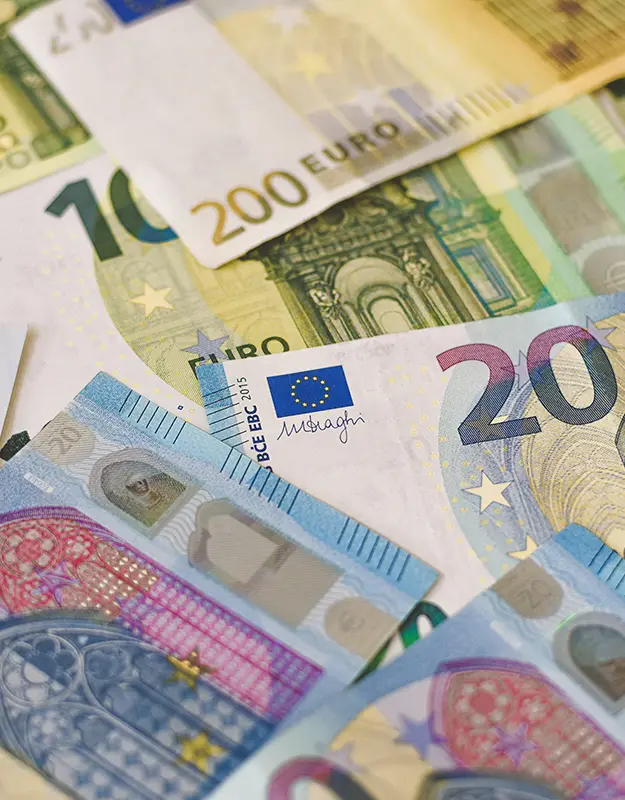
Related Posts


